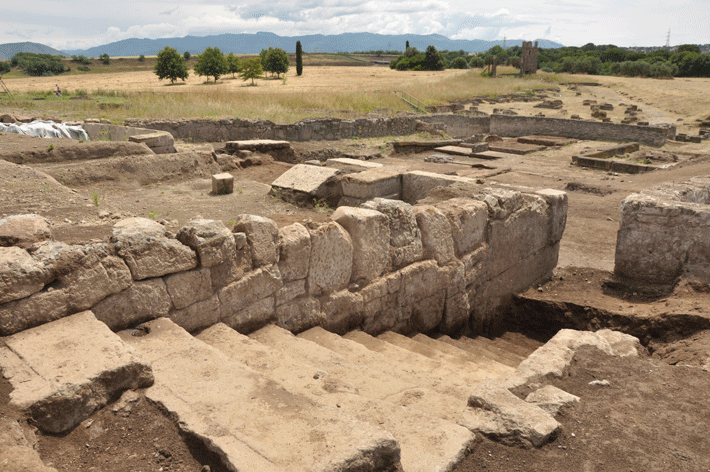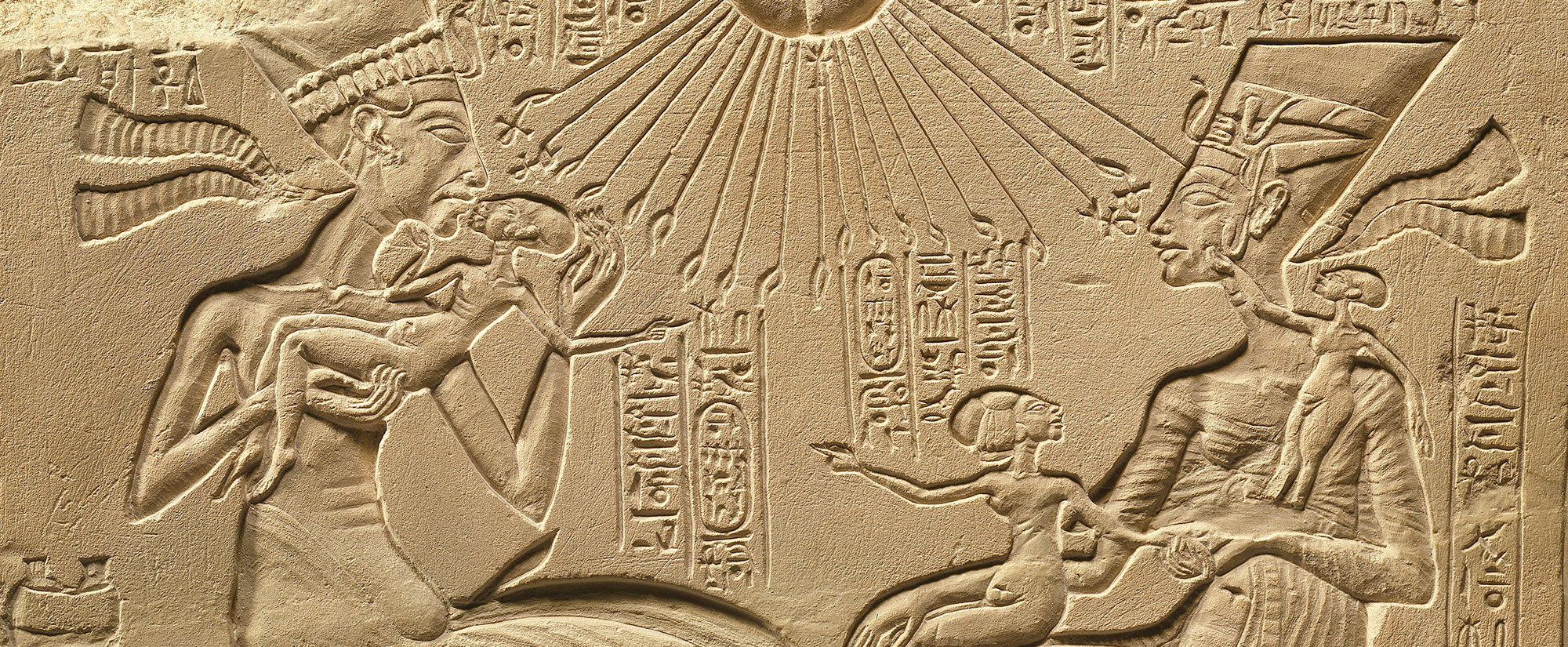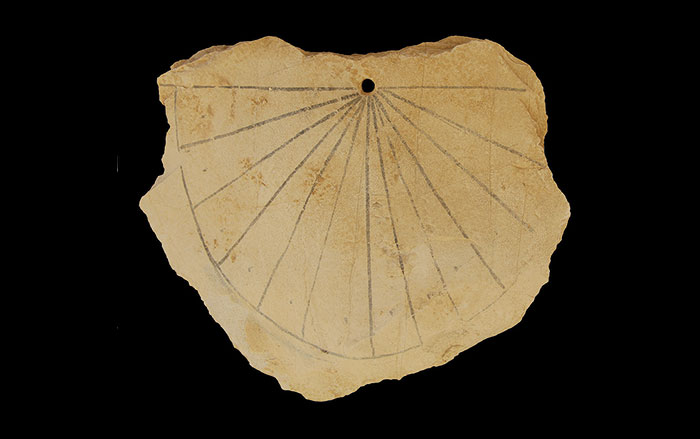
ANN ARBOR, MICHIGAN—Excavations 11 miles east of Rome in the ancient city-state of Gabii by Nicola Terrenato of the University of Michigan and his students have uncovered a well-preserved building complex made up of walls crafted with giant stone blocks, geometrically patterned floors, and two terraces connected by a grand stairway cut into bedrock. The stone blocks “were stacked one on top of each other without any glue binding them together. This is the only technique they had access to, and it must have been the desire for this kind of grand construction that drove them to the invention of mortar about 125 years later,” Terrenato said. The structures date to between 350 and 250 B.C.—a time thought to have been marked by “modest,” and “inconspicuous” culture, as recorded by Cato the Elder and Cicero. The monumental buildings may have served as a public structure, or even as a lavish private residence.











